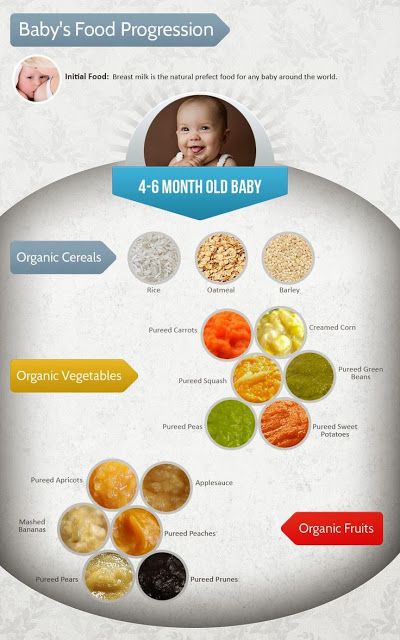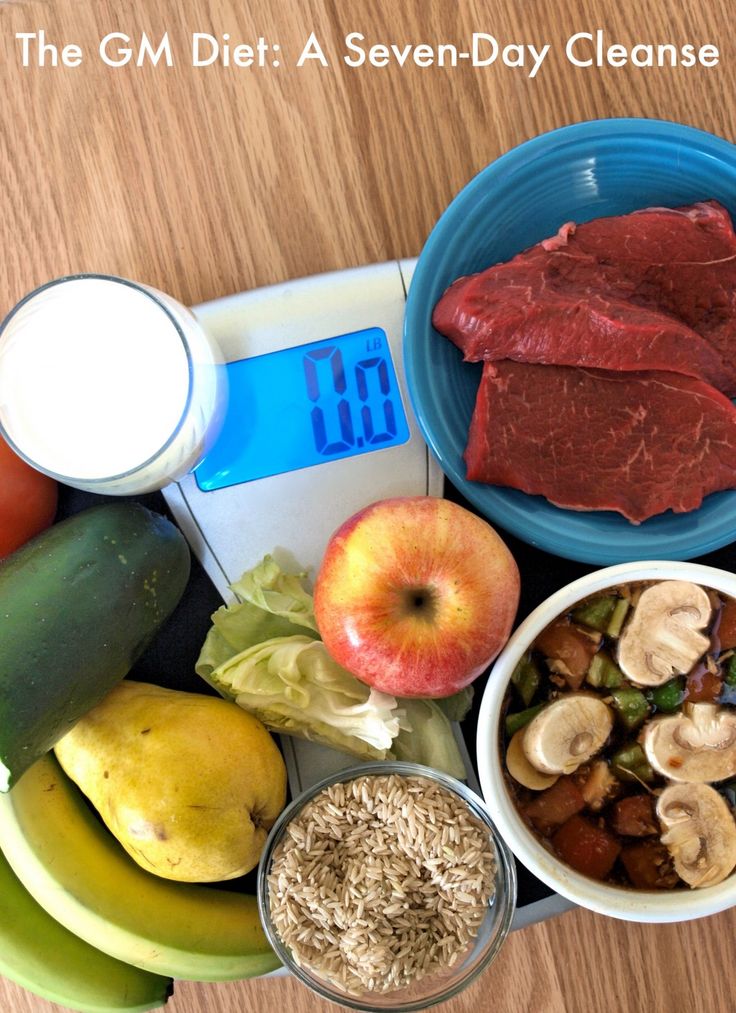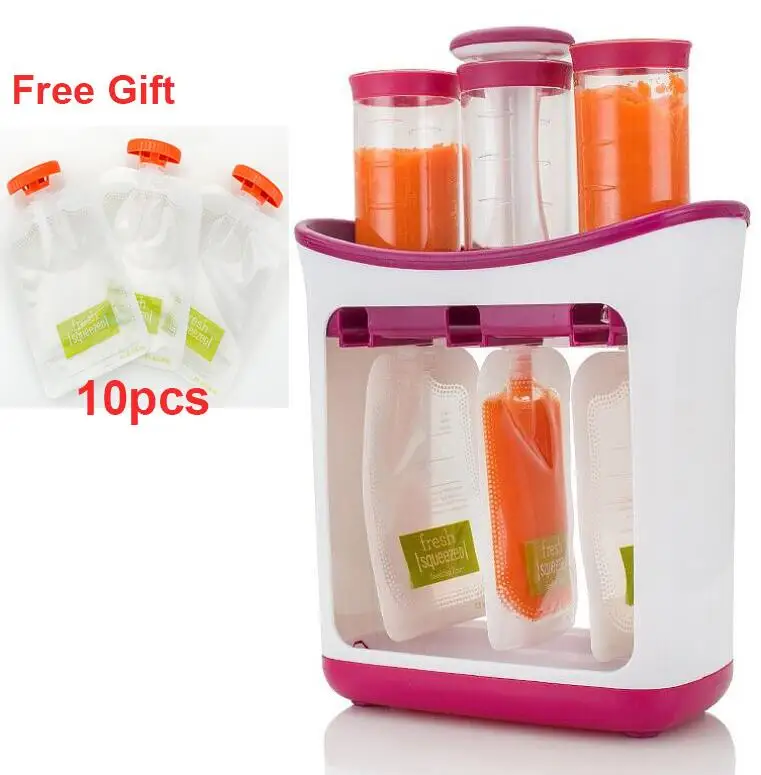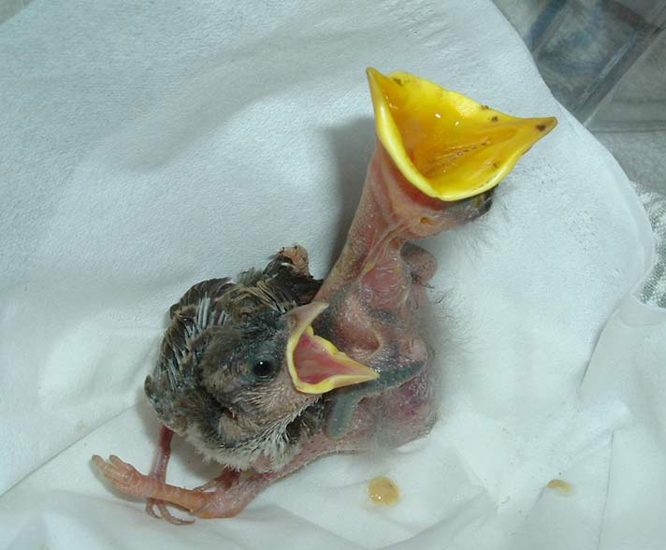Farex baby food 6 months
Farex Ragi Rice Fortified Baby Cereal Reviews, Features, How to use, Price
By Farex
4.6 / 5
18 Reviews
Write a review
Product Description
Want to introduce some solid food to your little ones? Then try out this Farex Ragi Rice Fortified Baby Cereal. It suits best for the kids who are in between 6 to 12 months of age. It is highly safe, and introducing different types of foods to the kids will have an impact on their growth and health.
Top Questions And Answers
What is the expiry date of Farex Ragi Rice Cereal?
Does Farex Ragi Rice Cereal contain milk forms?
How long can we store prepared Farex Ragi Rice Cereal?
How long can we store unused Farex Ragi Rice Cereal?
All Questions >>4.6/5
18 Ratings & 18 Reviews
94. 4% Approved by 18 users.
- Product Rating
- Features
- Specifications
- Ingredients
- Instructions
- How to prepare
Ratings Distribution
5 Stars
13% Complete
13
4 Stars
5% Complete
5
3 Stars
0% Complete
0
2 Stars
0% Complete
0
1 Stars
0% Complete
0
Pros
easy to digest
13
gluten-free
12
non-gmo
11
helps with colic
11
easy to prepare
1
Cons
clumps frequently
3
smells bad
1
expensive
1
causes gas
1
Farex Ragi Rice Fortified Baby Cereal Features
- It contains Iron, Taurine, Choline, Inositol, Iodine, Omega 3, and 6 fatty acids, which helps for the development of the brain.

- It contains all 21 essential vitamins and minerals, along with proteins that play a role in the physical growth of the baby.
- It is a blend of grains and fruits that are highly essential for growing kids.
- It is available in different textures so as to help support kid’s developing mouth and jaw muscles.
- It is iron-fortified and prevents anemia
Farex Ragi Rice Fortified Baby Cereal Specifications
- Weight: 363g
- Recommended age: 6 to 8 months
Farex Ragi Rice Fortified Baby Cereal Ingredients
- Water, Rice Flour, Milk Solids, Mixed Tocopherols, Ragi, Soy Oil, Taurine, Soy
Lecithin.
Farex Ragi Rice Fortified Baby Cereal Instructions
- Never feed less or more than recommended scoops.
- Always use the prepared feed within an ½hour.
- Never leave the pack open.
- Transfer the powder into an airtight container.
- Always wash and dry the scoop before each use.
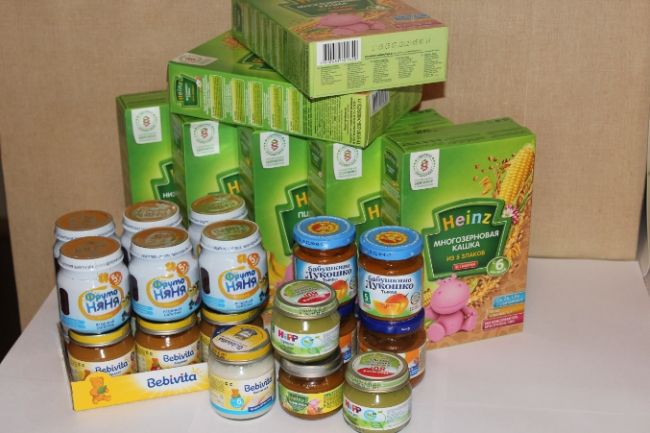
- Start using the formula on the advice of a doctor.
- Wash your hands thoroughly.
- Take a clean utensil and boil drinking water for 5 minutes.
- Now, leave the water to be lukewarm.
- Following the guide, pour a required amount of water into a bowl.
- Add a provided amount of Farex Ragi Rice Cereal in a bowl.
- Stir it until you get a smooth pulp.
- Reviews
- Q&A
Farex Ragi Rice Fortified Baby Cereal Reviews
Rating (Low To High)Rating (High To Low)LatestOlder
| 3 years ago
4.5 / 5
approves this product
Healthy cereal
PROS
Easy to digest
Non-GMO
Gluten-free
Helps with colic
This product was recommended by my family doctor to my son. This product contains iron, taurin, choline, iodine and omega 3 and fatty avid which helps for the development of the brain.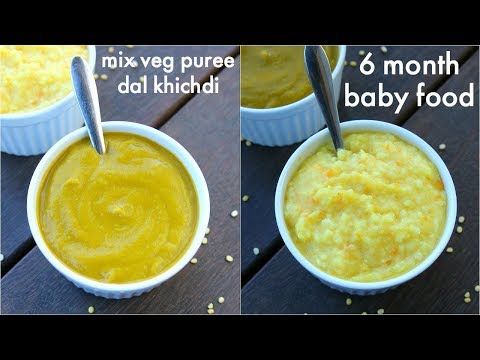 My loves this cereal. I am giving this product to mg so in morning time. It helps to gain my baby weight.
My loves this cereal. I am giving this product to mg so in morning time. It helps to gain my baby weight.
Rajeswari approves this product
Farce ragi
These cereals increase the growth of baby brain development with the help of iodine and omega 3 and 6 fatty acid. Also the taste of product is amazing and baby will enjoy to having. This product comes with no preservatives and no artificial color. It is completely safe for babies. I loved this product.
Aden | 3 years ago
5 / 5
Aden approves this product
Nutritious ragi rice
PROS
Easy to digest
Non-GMO
Gluten-free
Helps with colic
I am not a health freak when it comes to my diet, but being a mother I have to be really cautious what I include in my baby's diet. So I got this ragi rice by cereal by the Farex brand. It is full of nutrition that a baby requires in her daily meal. My daughter initially did not like the taste but after some modifications in preparing this cereal, she is finally loving it's taste and has it regularly.
It is full of nutrition that a baby requires in her daily meal. My daughter initially did not like the taste but after some modifications in preparing this cereal, she is finally loving it's taste and has it regularly.
Sumaiya P approves this product
Healthy for my lil one
PROS
Easy to digest
Non-GMO
Gluten-free
Helps with colic
When my baby become 5 months old..i was worried what to start than my mother in law advice me to start this so I gave it to my daughter. It's not that sweet as compared to cerelac but since it's the range so it's rich in Calcium and iron. My daughter resisted it in the beginning but then she accepted it.
Poonam Sehrawat approves this product
Farex ragi rice fortified baby cereal
PROS
Easy to digest
Non-GMO
Gluten-free
Helps with colic
I bought farex ragi rice fortified baby cereal when my son was 8 months old. This product was recommended by my family doctor to my son.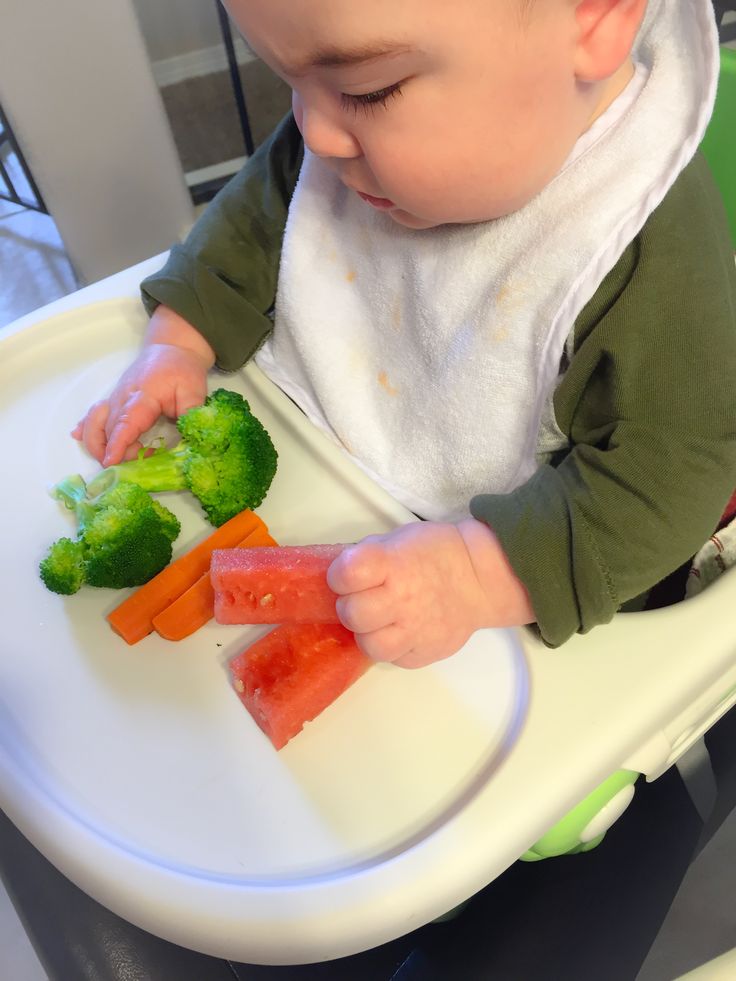 This product contains iron, taurin, choline, iodine and omega 3 and fatty avid which helps for the development of the brain. My loves this cereal. I am giving this product to mg so in morning time. It helps to gain my baby weight.
This product contains iron, taurin, choline, iodine and omega 3 and fatty avid which helps for the development of the brain. My loves this cereal. I am giving this product to mg so in morning time. It helps to gain my baby weight.
Jayasree | 3 years ago
4.1 / 5
Jayasree approves this product
Good start
Healthy and nutritious for growing babies. Easy to prepare and store, travel friendly and a good alternate for home made foods in urgent situations. It is delicious and my baby likes to have this porridge without any hesitation. It aids in weight gain and is reasonably priced. Easy to digest and 100 % organic and vegetarian. A Good start for weaning, can be given for babies from 6 months.
Vatsla Verma approves this product
Farex Ragi Rice Fortified Baby Cereal
I heard about ragi on parenting sites and brought Farex Ragi Rice Fortified Baby Cereal for my baby. it is a long and tedious process to wash, dry and sprout ragi cereal at home, but Farex Ragi Rice Cereal brings an end to all woes. it is ready to prepare and eat baby food and very healthy for little ones.
it is a long and tedious process to wash, dry and sprout ragi cereal at home, but Farex Ragi Rice Cereal brings an end to all woes. it is ready to prepare and eat baby food and very healthy for little ones.
Anita Jadhav Dhamne approves this product
Healthy solid to start
PROS
Easy to digest
Non-GMO
Gluten-free
Helps with colic
The proportion of ragi and rice is perfect and dosnt casue any odd smell and taste.. it can be made more tasty by adding little sugar as my daughter prefers it.. the preparation is easy.. as ragi is very essential for infants growing this is perfect to introduce in their diet.. the cost is also affordable and worth the product.
Vandana Ajith approves this product
Reliable baby food
PROS
Easy to digest
Non-GMO
Gluten-free
Helps with colic
Fortified cereal mix come handy when baby need change of taste or after recovery from infections like days.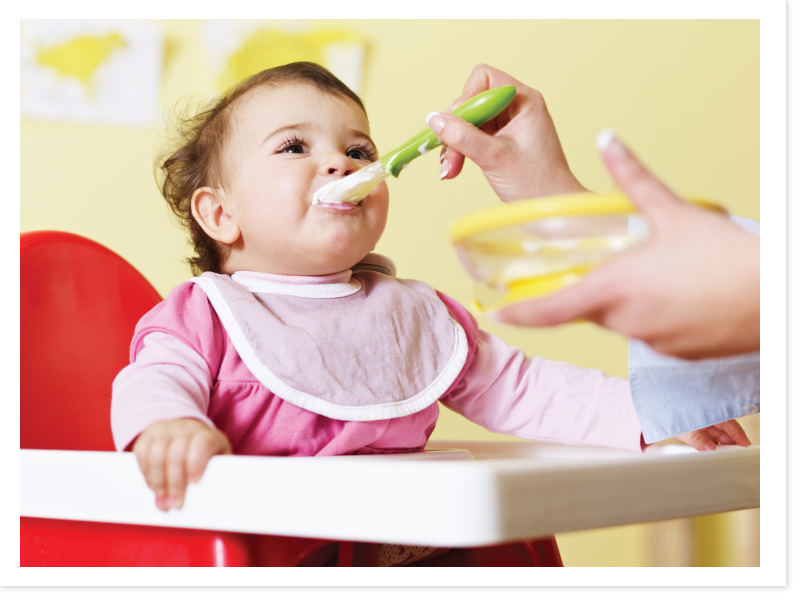 In our case we depend on these when our full night player baby asks for midnight food. Farex Ragi Rice fortified cereal is easy to prepare and I feed it to my baby in her feeding spoon bootle. She like it that way so that she can take her on time while playing to devour this delicacy. Ragi and rice is a perfect combination to get satiate feel and after finishing the bottle my baby sgo to sleep within minutes.
In our case we depend on these when our full night player baby asks for midnight food. Farex Ragi Rice fortified cereal is easy to prepare and I feed it to my baby in her feeding spoon bootle. She like it that way so that she can take her on time while playing to devour this delicacy. Ragi and rice is a perfect combination to get satiate feel and after finishing the bottle my baby sgo to sleep within minutes.
sarwath | 3 years ago
4.1 / 5
sarwath approves this product
fortified ragi rice mix
This farex ragi rice fortified baby cereal is the best option you can start with for your baby. This baby cereal has all the nutrients required for the development of baby's brain, twenty one vitamins and minerals, proteins which is essential for the baby’s growth and development. It also has iron in it which prevents the baby from being anemic.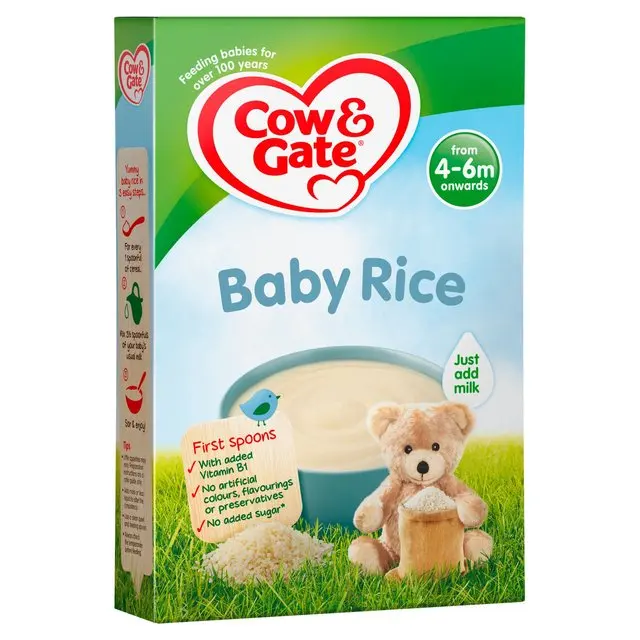 This cereal mix is a complete nutrient packed mix you can provide for your little one. i would recommend it to all.
This cereal mix is a complete nutrient packed mix you can provide for your little one. i would recommend it to all.
Poonam Thapa approves this product
Farex First solid food for babies
PROS
Easy to digest
Non-GMO
Gluten-free
Helps with colic
When you're a mother of a baby.. you always concern about develop eating habits in the kids. I prefer to introduce Farex baby food when my kids were 6 months old. Farex is the oldest plant which provides healthy baby food.. when I was a kid my mother also used this. Its easy to make and easy to feed the baby.Its very nutritious and enrich with goodness of cereals and fruits. My daughter is now 17 months old.. she has started taking solid food but still give her farex once in a day. it's super nutritious gluten-free and easy to digest.Farex available in different types according to baby age. I am using stage 3 which is best for 12 to 24 months of babies.
Sonali Polekar approves this product
Highly Nutritious Baby Food
PROS
Easy to digest
Helps with colic
Farex is the best and trustworthy brand for childrens.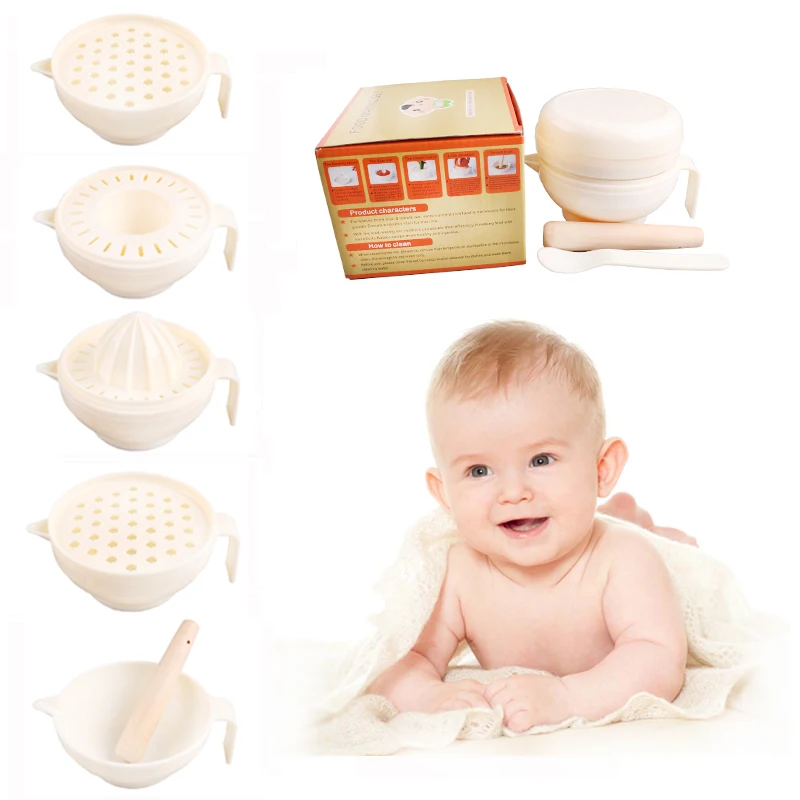 When my baby was 7 months old I have introduced him with various solid. This ragi rice fortified baby cereal is favourite of my baby. Taste is really good. From this our babies get all the needed iron, vitamins. Because of this brain development of babies are fast. It’s a whole grains product. Must buy for proper growth.
When my baby was 7 months old I have introduced him with various solid. This ragi rice fortified baby cereal is favourite of my baby. Taste is really good. From this our babies get all the needed iron, vitamins. Because of this brain development of babies are fast. It’s a whole grains product. Must buy for proper growth.
Farha Sabreen approves this product
Farex the oldest brand for baby foods
PROS
Gluten-free
easy to prepare
The proportion of ragi and rice is perfect and dosnt casue any odd smell and taste.. it can be made more tasty by adding little sugar as my daughter prefers it.. the preparation is easy.. as ragi is very essential for infants growing this is perfect to introduce in their diet.. the cost is also affordable and worth the product.
Bhanupriya approves this product
Farex Baby Food
I tried the farex ragi rice baby food for my baby and it suits her very well. The farex ragi rice baby cereal contains twelve essential vitamins and mineral along with proteins which is required for the baby physical growth.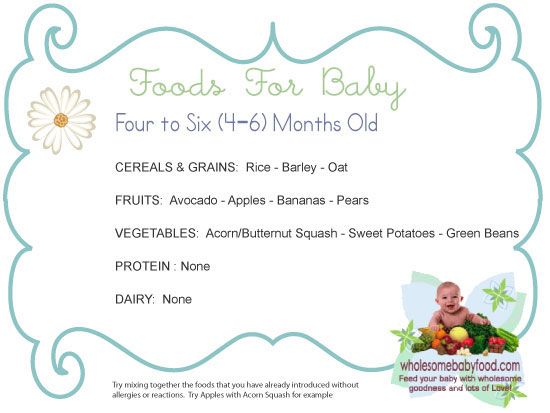 The farex rice rice is a mixture of grains and fruits which is very much necessary for our growing baby. I carry the farex ragi rice fortified baby cereal along with me whenever I travel with my baby. The cereal is very easy to prepare and feed my baby on time.
The farex rice rice is a mixture of grains and fruits which is very much necessary for our growing baby. I carry the farex ragi rice fortified baby cereal along with me whenever I travel with my baby. The cereal is very easy to prepare and feed my baby on time.
First semi solid food for my baby
PROS
Easy to digest
Non-GMO
Gluten-free
Helps with colic
When my daughter turned 6 months old and I had to start her semi solid food I bought this Farex Ragi Rice Fortified Baby Cereal. It's really good for baby health as it has 21 essential minerals and vitamins that a baby needs in her growing age. It's like a complete bowl of goodness. It is easy to prepare. It is iron fortified that means it helps a child to fight against anaemia.
Top Questions & Answers
Most Popular Products
Buy Farex Wheat Apple Baby Food (6 Months+) Refill Of 300 G Online, View Uses, Review, Price, Composition
- Brand:
- 14 Reviews
Quantity
Status : In Stock
-
Support 24/7
Call us anytime -
100% Safety
Only secure payments -
Hot Offers
Discounts up to 80%
- Description
- Faq's
- Reviews
It is an infant nutritional feed that is filled with the benefits of milk and rice and meets the increased nutritional needs in your baby’s body after 6 months. Give your tiny tots the multi-vitamin and multi-mineral benefits and delicious taste with Farex Wheat Apple Baby Food baby feed.
Give your tiny tots the multi-vitamin and multi-mineral benefits and delicious taste with Farex Wheat Apple Baby Food baby feed.
- Different textures of Farex Wheat Apple Baby Food work and help develop the baby’s mouth and jaw muscles.
- Farex Wheat Apple Baby Food is made up of 21 essential vitamins and minerals along with protein and energy to help in the development of height and weight of your munchkin.
- It contains iron, choline, taurine, iodine and Omega 3 & 6 fatty acids help in DHA formation and plays a part in brain development.
- Farex Wheat Apple Baby Food develops healthy eating habit in your little one as it is full of grains and fruits.
- Contains no preservatives, artificial colours or flavours.
SecondMedic:
We at Secondmedic ensures that you get good health products at affordable price. Hence, we give you best Farex Wheat Apple Baby Food (6 Months+) Refill Of 300 G Offer that you can get online.
Hence, we give you best Farex Wheat Apple Baby Food (6 Months+) Refill Of 300 G Offer that you can get online.
- If you are booking this product, then you can book Farex Wheat Apple Baby Food (6 Months+) Refill Of 300 G at Rs 22.50/- OFF.
- First clean your hands and sterilize the containers before preparing thebfeed.
- Boil water for 5 minutes and leave it till lukewarm.
- With the measuring cup, pour the recommended amount into the lukewarm water.
- Stir well until the powder dissolves.
- Check the feeding table for preparing it.
- Use the feed within half an hour after preparing.
- Keep it away from direct sunlight
- Store in dry place.
- Dispose of any unused feed.
- Read instructions before use.
- Do not use more or lesser scoops than instructed.
- Keep it in an airtight container once after you’ve broken the seal of thenproduct.
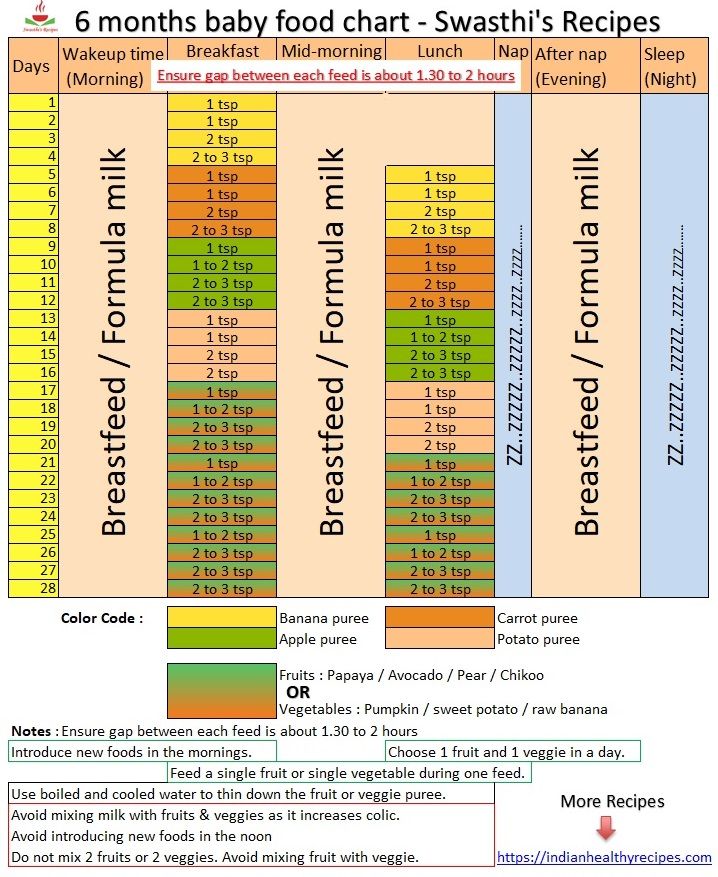
milk?
Answer: Though Wheat Apple Baby Food is rich in all the right
nutrients, your baby needs his/her mother’s milk.
2. If I am in a hurry, can I prepare a Farex Wheat Apple Baby Food
the day before?
Answer: You can prepare a mix with Wheat Apple Baby Food 24
hours before consumption, provided that you refrigerate it.
3. Is Farex Wheat Apple Baby Food suitable for two years baby?
Answer: No, it is suitable for 6 to 8 months old baby.
+ Add Reviews
Diet for a 4-6 month old baby
Your baby is already 4 months old. He has noticeably grown up, become more active, is interested in objects that fall into his field of vision, carefully examines and reaches for them. The emotional reactions of the child have become much richer: he joyfully smiles at all the people whom he often sees more and more often, makes various sounds.
You are still breastfeeding your baby or have had to switch to mixed or formula feeding. The child is actively growing, and only with breast milk or infant formula, he can no longer always get all the necessary nutrients. And that means it's time to think about complementary foods.
The optimal time to start its introduction is between 4 and 6 months, regardless of whether the baby is receiving breast milk or formula. This is the time when children respond best to new foods. Up to 4 months, the child is not yet ready to perceive and digest any other food. And with the late introduction of complementary foods - after 6 months, children already have significant deficiencies of individual nutrients and, first of all, micronutrients (minerals, vitamins, long-chain polyunsaturated fatty acids, etc.). In addition, toddlers at this age often refuse new foods, they have delayed development of chewing skills for thick foods, and inadequate eating habits are formed. It is important to know that, no matter how strange it may seem at first glance, with a delayed appointment of complementary foods, allergic reactions more often occur on them.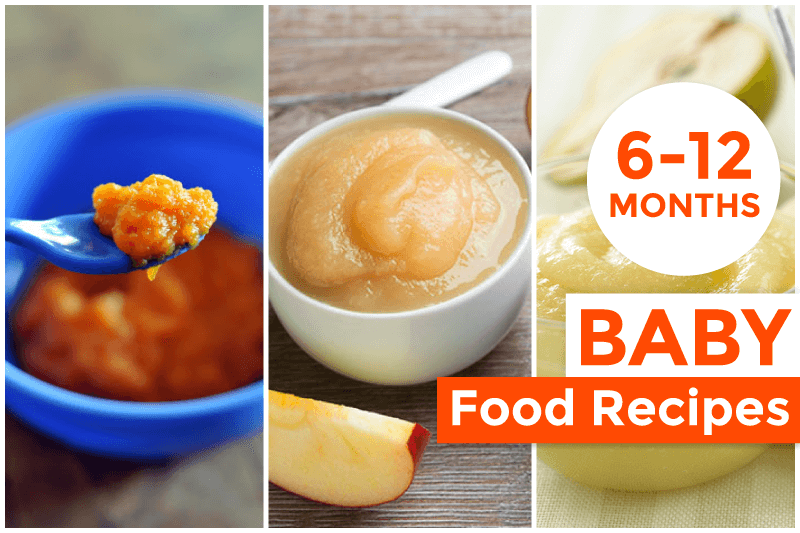
When is it advisable to introduce complementary foods as early as 4 months, and when can you wait until 5.5 or even 6 months? To resolve this issue, be sure to consult a pediatrician.
As a rule, at an earlier age (4 - 4.5 months), complementary foods are introduced to children at risk of developing iron deficiency anemia, as well as children with insufficient weight gain and with functional digestive disorders.
The optimal time to start complementary foods for a healthy baby is between 5 and 5.5 months of age.
The World Health Organization recommends that breastfed babies should be introduced to complementary foods from 6 months of age. From the point of view of domestic pediatricians, which is based on extensive practical experience and scientific research, this is possible only in cases where the child was born on time, without malnutrition (since in these cases the mineral reserves are very small), he is healthy, grows well and develops. In addition, the mother should also be healthy, eat well and use either specialized enriched foods for pregnant and lactating women, or vitamin and mineral complexes in courses. Such restrictions are associated with the depletion of iron stores even in a completely healthy child by 5-5.5 months of age and a significant increase in the risk of anemia in the absence of complementary foods rich or fortified with iron. There are other deficits as well.
Such restrictions are associated with the depletion of iron stores even in a completely healthy child by 5-5.5 months of age and a significant increase in the risk of anemia in the absence of complementary foods rich or fortified with iron. There are other deficits as well.
The first complementary food can be vegetable puree or porridge, fruit puree is better to give the baby later - after tasty sweet fruits, children usually eat vegetable puree and cereals worse, often refuse them altogether.
Where is the best place to start? In cases where the child has a tendency to constipation or he puts on weight too quickly, preference should be given to vegetables. With a high probability of developing anemia, unstable stools and small weight gains - from baby cereals enriched with micronutrients. And if you started introducing complementary foods with cereals, then the second product will be vegetables and vice versa.
If the first complementary food is introduced at 6 months, it must be baby porridge enriched with iron and other minerals and vitamins, the intake of which with breast milk is no longer enough.
Another important complementary food product is mashed meat. It contains iron, which is easily absorbed. And adding meat to vegetables improves the absorption of iron from them. It is advisable to introduce meat puree to a child at the age of 6 months. Only the daily use of children's enriched porridge and meat puree can satisfy the needs of babies in iron, zinc and other micronutrients.
But it is better to introduce juices later, when the child already receives the main complementary foods - vegetables, cereals, meat and fruits. After all, complementary foods are needed so that the baby receives all the substances necessary for growth and development, and there are very few in their juices, including vitamins and minerals.
Juices should not be given between feedings, but after the child has eaten porridge or vegetables with meat puree, as well as for an afternoon snack. The habit of drinking juice between meals leads to frequent snacking in the future, a love of sweets is instilled, children have more tooth decay and an increased risk of obesity.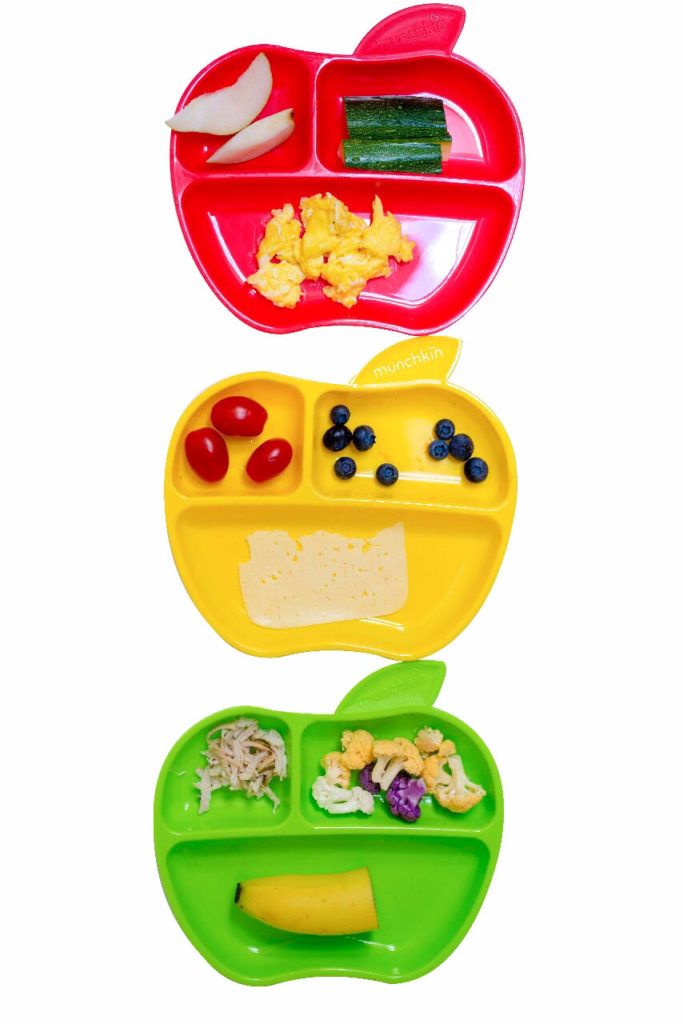
With the start of the introduction of complementary foods, the child is gradually transferred to a 5-time feeding regimen.
Rules for the introduction of complementary foods:
- preference should be given to baby products of industrial production, they are made from environmentally friendly raw materials, have a guaranteed composition and degree of grinding
- Complementary foods should be offered to the baby by spoon at the start of feeding, before breastfeeding (formula feeding)
- the volume of the product increases gradually, starting with ½ - 1 spoon, and in 7 - 10 days we bring it to the age norm, subsequent products within the same group (cereals from other cereals or new vegetables)
- can be entered faster, in 5 - 7 days
- start introduction with monocomponent products
- it is undesirable to give a new product in the afternoon, it is important to follow how the child reacts to it
- do not introduce new products in the event of acute illnesses, as well as before and immediately after prophylactic vaccination (should be abstained for several days)
When introducing a new type of complementary food, first try one product, gradually increasing its amount, and then gradually “dilute” this product with a new one.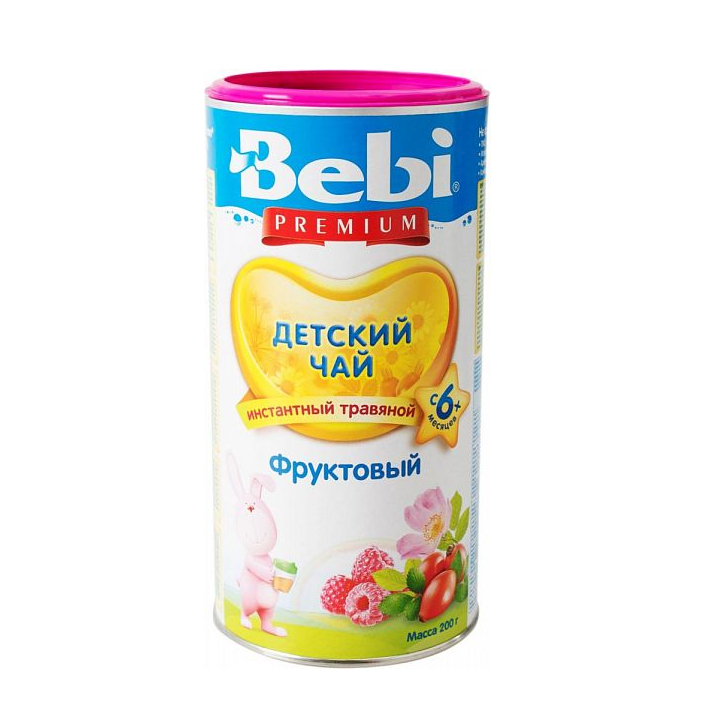 For example, vegetable complementary foods can be started with a teaspoon of zucchini puree. During the week, give the baby only this product, gradually increasing its volume. After a week, add a teaspoon of mashed broccoli or cauliflower to the zucchini puree and continue to increase the total volume every day. Vegetable puree from three types of vegetables will be optimal. The portion should correspond to the age norm. Over time, you can replace the introduced vegetables with others faster.
For example, vegetable complementary foods can be started with a teaspoon of zucchini puree. During the week, give the baby only this product, gradually increasing its volume. After a week, add a teaspoon of mashed broccoli or cauliflower to the zucchini puree and continue to increase the total volume every day. Vegetable puree from three types of vegetables will be optimal. The portion should correspond to the age norm. Over time, you can replace the introduced vegetables with others faster.
After the introduction of one vegetable (bringing its volume to the required amount), you can proceed to the intake of porridge, and diversify the vegetable diet later.
If the child did not like the dish, for example, broccoli, do not give up and continue to offer this vegetable in a small amount - 1-2 spoons daily, you can not even once, but 2-3 times before meals, and after 7 - 10, and sometimes 15 days, the baby will get used to the new taste. This diversifies the diet, will help to form the right taste habits in the baby.
Spoon-feeding should be done with patience and care. Forced feeding is unacceptable!
In the diet of healthy children, porridge is usually introduced after vegetables (with the exception of healthy breastfed children, when complementary foods are introduced from 6 months). It is better to start with dairy-free gluten-free cereals - buckwheat, corn, rice. At the same time, it is important to use porridge for baby food of industrial production, which contains a complex of vitamins and minerals. In addition, it is already ready for use, you just need to dilute it with breast milk or the mixture that the baby receives.
Children suffering from food allergies are introduced complementary foods at 5-5.5 months. The rules for the introduction of products are the same as for healthy children, in all cases it is introduced slowly and begins with hypoallergenic products. Be sure to take into account individual tolerance. The difference is only in the correction of the diet, taking into account the identified allergens.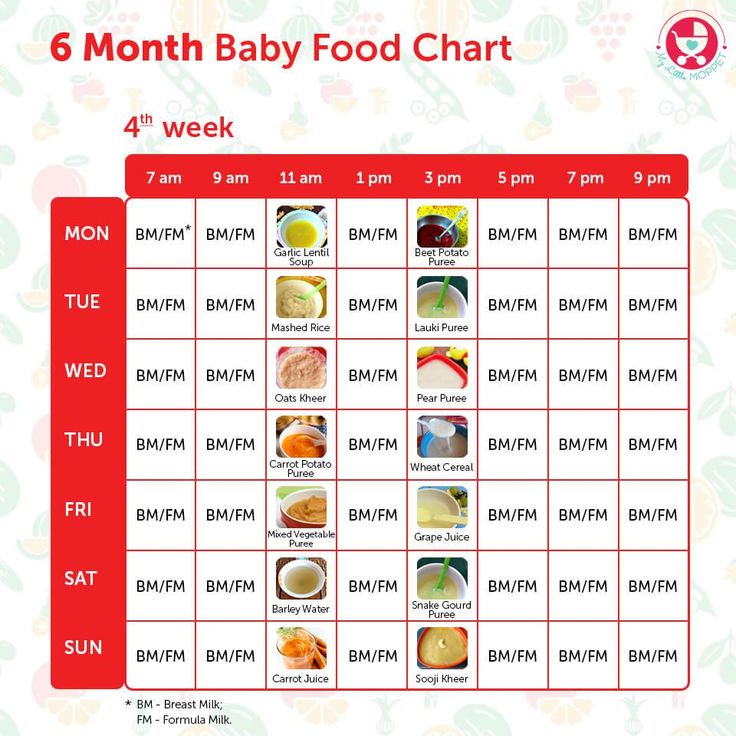 From meat products, preference should first be given to mashed turkey and rabbit.
From meat products, preference should first be given to mashed turkey and rabbit.
Diets for different age periods
Explain how you can make a diet, it is better to use a few examples that will help you navigate in compiling a menu specifically for your child.
From 5 months, the volume of one feeding is on average 200 ml.
Option 1.
If your baby started receiving complementary foods from 4-5 months, then at 6 months his diet should look like this:
| I feeding 6 hours | Breast milk or VHI* | 200 ml |
| II feeding 10 hours | Dairy-free porridge** Supplementation with breast milk or VHI* | 150 g 50 ml |
| III feeding 14 hours | Vegetable puree Meat puree Vegetable oil Supplemental breast milk or VHI* | 150 g 5 - 30 g 1 tsp 30 ml |
| IV feeding 18 hours | Fruit puree Breast milk or VHI* | 60 g 140 ml |
| V feeding 22 hours | Breast milk or VHI* | 200 ml |
* - infant formula
** - diluted with breast milk or VHI
Option 2.
* - infant formula Option 3. : ** - diluted with breast milk Up to 7 months, increase the volume of porridge and vegetable puree to 150 g and introduce fruit puree. The materials were prepared by the staff of the Healthy and Sick Child Nutrition Laboratory of the National Research Center for Children's Health of the Ministry of Health of Russia and are based on the recommendations given in the National Program for Optimizing the Feeding of Children in the First Year of Life in the Russian Federation, approved at the XV Congress of Pediatricians of Russia (02.2009d.) Posted by Leave a comment The exclusive digital premiere of the #SHKLT family comedy series will take place on October 25 at Wink (Rostelecom's video service ). The main children's roles in it were played by ordinary schoolchildren from different cities of Russia. The project combines two genres at once - sketch and sitcom. The production was carried out by the company " Granat Studio with the participation of Vision Republic . Each sketch episode is not only filled with school adventures and humor, but also tells about friendship, family values and interesting facts of culture and history in an educational and entertaining way. Some episodes will end with musical parodies of contemporary hits. Wink viewers will see the first two #SHKLT sketches on October 25, then two new episodes will be released every Tuesday. According to the plot, an experienced director (Egor Druzhinin) is working on a show for children, their parents and their parents' parents. A star cast participates in the filming of the sketches - Anna Khilkevich, Roza Khairullina, Ekaterina Skulkina, Stas Yarushin, Ivan Agapov and Boris Kamorzin, and, of course, young actors. However, in the midst of work, it turns out that the children on the set are a real test for the director. In order to introduce and bring together the characters of the series and the audience, the authors use technical and dramatic techniques in sketches that will help the viral distribution of video content and the launch of new challenges. The plot twists and turns of the project are built in such a way as to attract the attention of not only schoolchildren aged 9–16, but also their parents, as well as grandparents. After all, values such as family, friendship, work and mercy unite all generations, and learning them together is the best way to understand each other and harmonize this connection. I feeding
6 hours Breast milk or VHI* 200 ml II feeding
10 hours Dairy-free porridge**
Fruit puree 150 g
20 g III feeding
14 hours Vegetable puree
Meat puree Vegetable oil
Fruit juice 150 g
5 - 30 g
1 tsp
60 ml IV feeding
18 hours Fruit puree
Breast milk or VHI* 40 g
140 ml V feeding
22 hours Breast milk or VHI* 200 ml
** - diluted with breast milk or VMS 
I feeding
6 hours Breast milk II feeding
10 hours Dairy-free porridge**
Breast milk supplement 100 g III feeding
14 hours Vegetable puree
Meat puree Vegetable oil
Breast milk supplement 100 g
5 - 30 g
1 tsp IV feeding
18 hours Breast milk V feeding
22 hours Breast milk 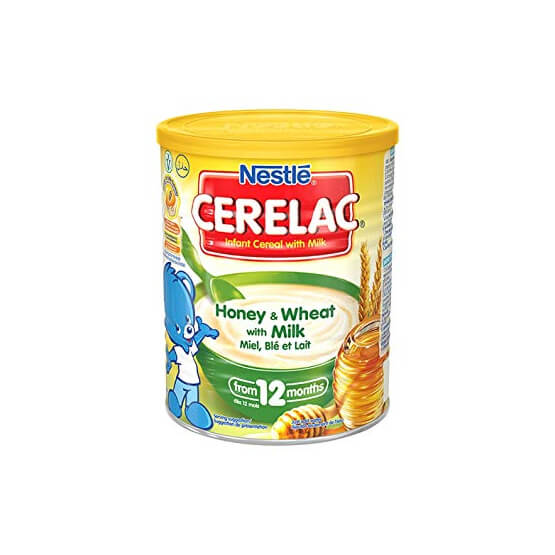
Next will be #SHKLT: a humorous series for the whole family will show Wink
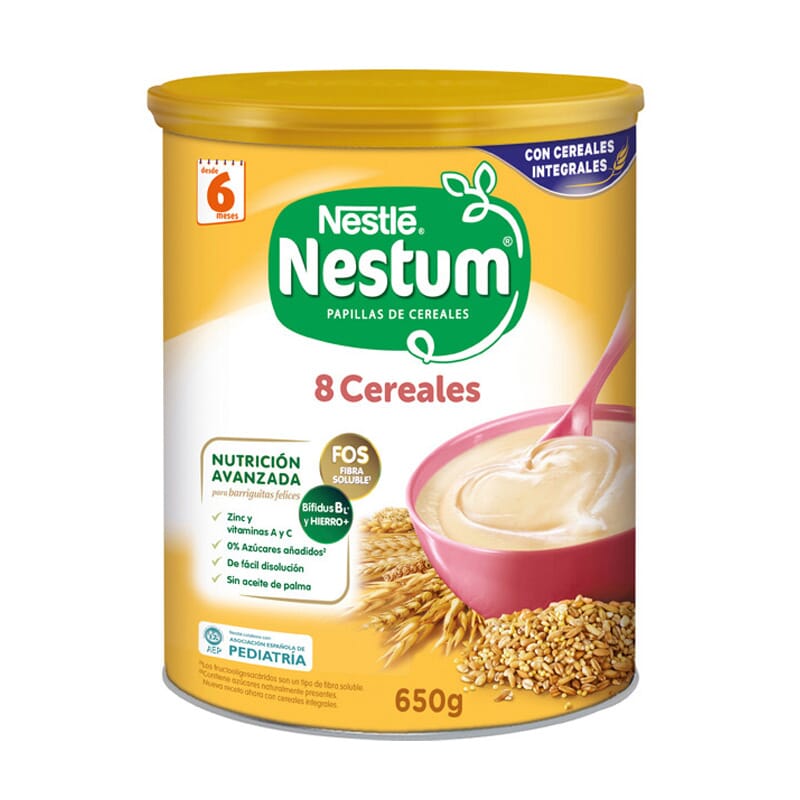 The project was created with the support of ANO "IRI" and the Russian Movement of Schoolchildren, which organized a creative competition for non-professional young actors.
The project was created with the support of ANO "IRI" and the Russian Movement of Schoolchildren, which organized a creative competition for non-professional young actors. 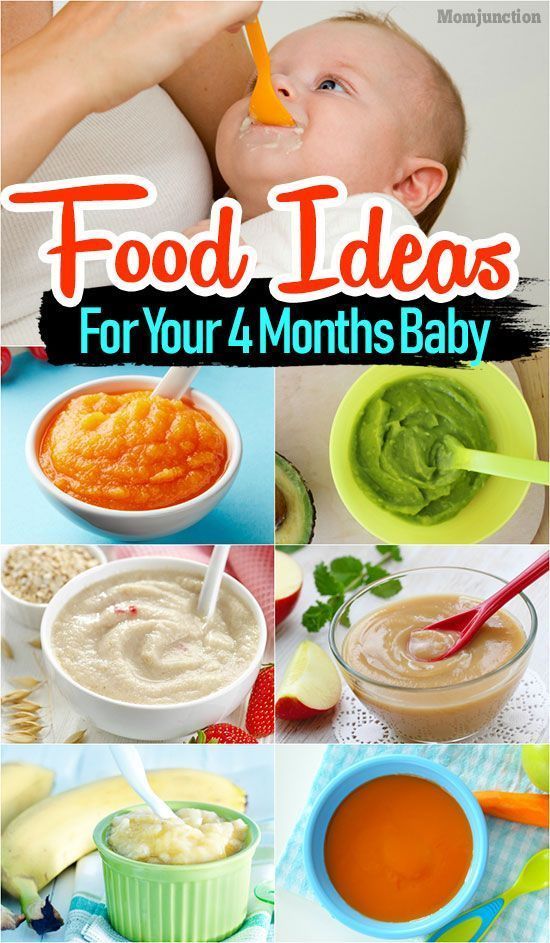 The producer of the show also cannot find a common language with novice artists and only complicates the process. At this moment, a bright leader appears in the children's team - the impudent Margarita. Together with like-minded people - lively Borey, smart Oleg, cunning Grisha and charming Masha - she confidently pushes the director and producer out of the management of the shooting in order to take everything into her own hands. Will the guys be able to shoot such a large-scale project on their own?
The producer of the show also cannot find a common language with novice artists and only complicates the process. At this moment, a bright leader appears in the children's team - the impudent Margarita. Together with like-minded people - lively Borey, smart Oleg, cunning Grisha and charming Masha - she confidently pushes the director and producer out of the management of the shooting in order to take everything into her own hands. Will the guys be able to shoot such a large-scale project on their own? 